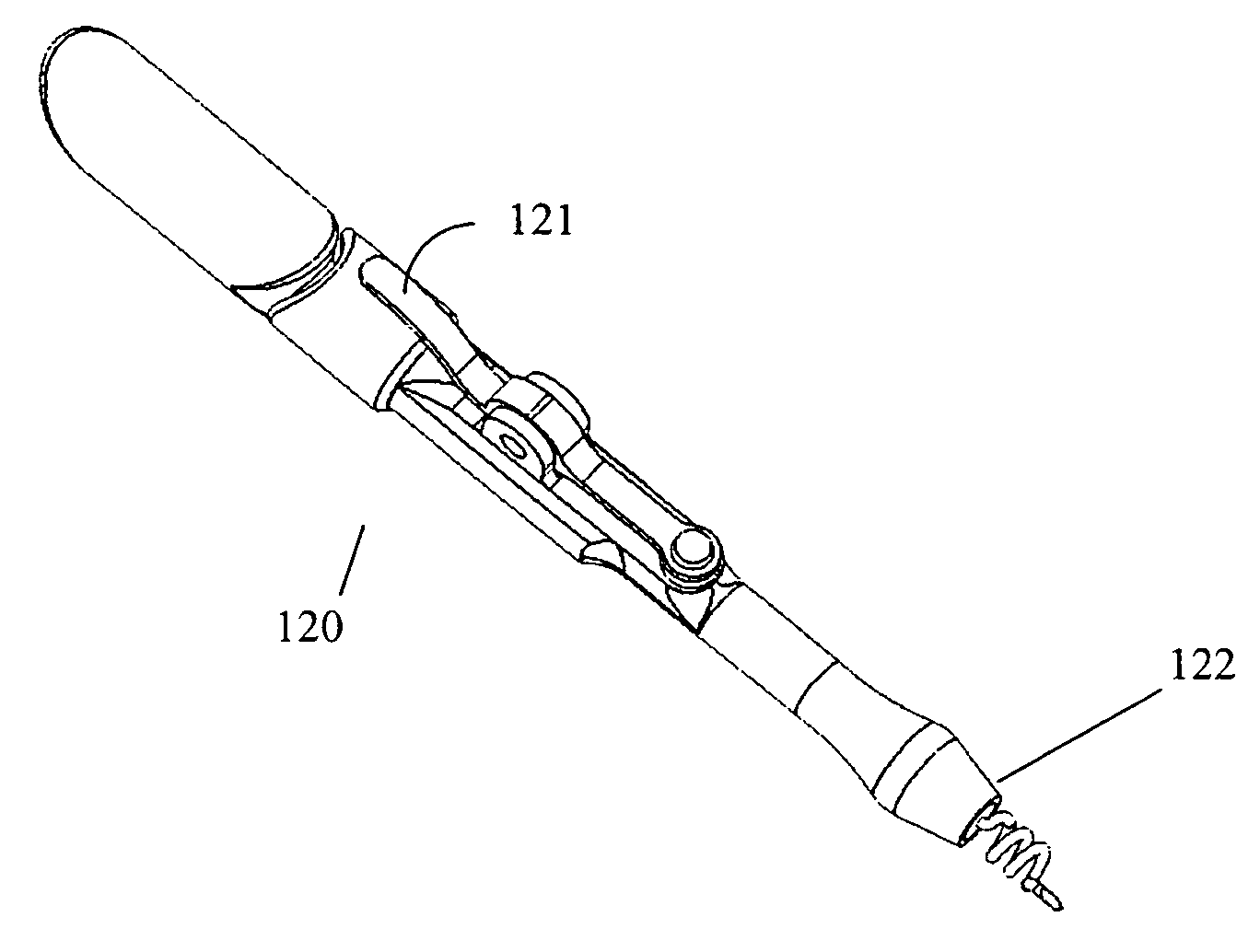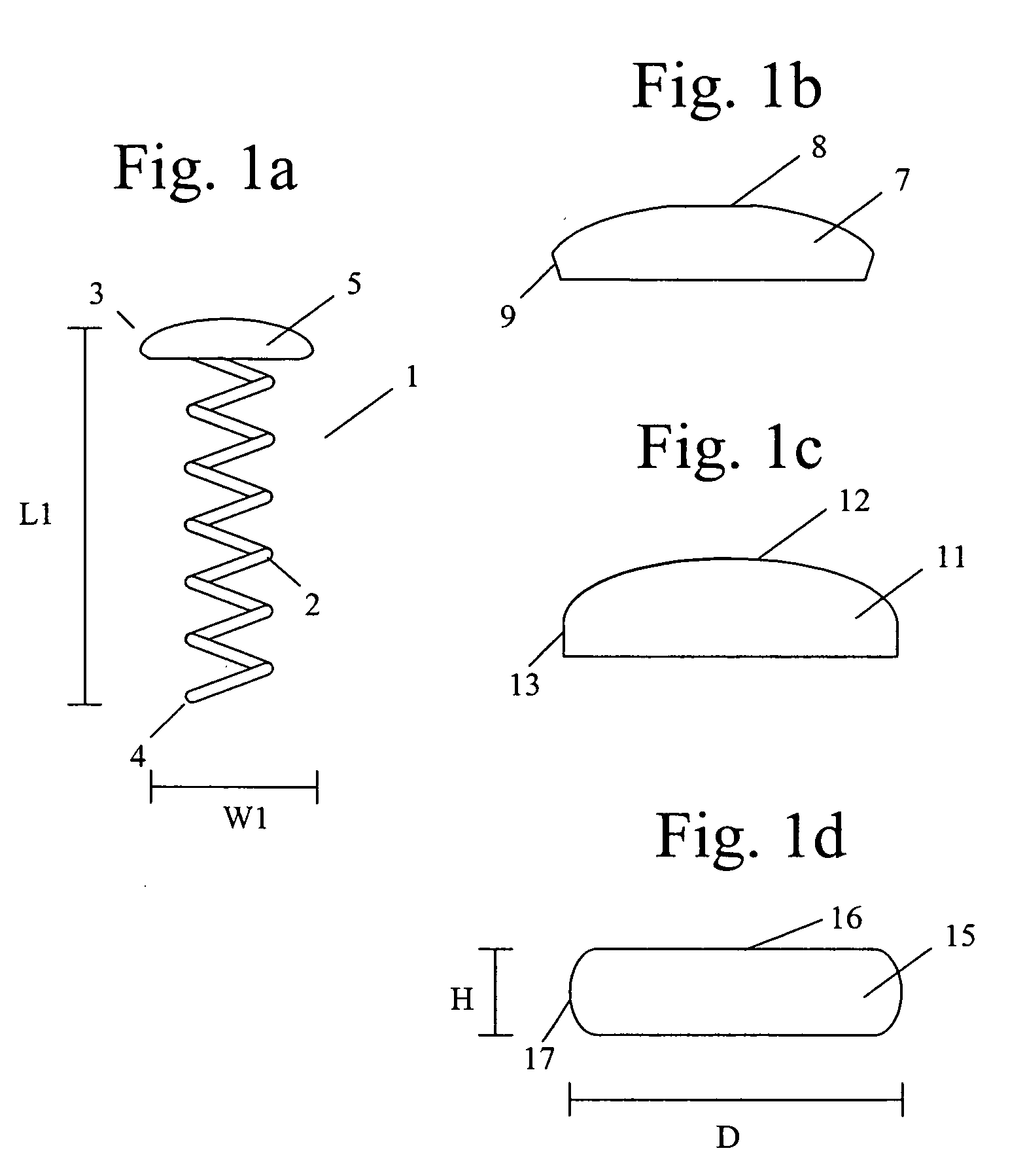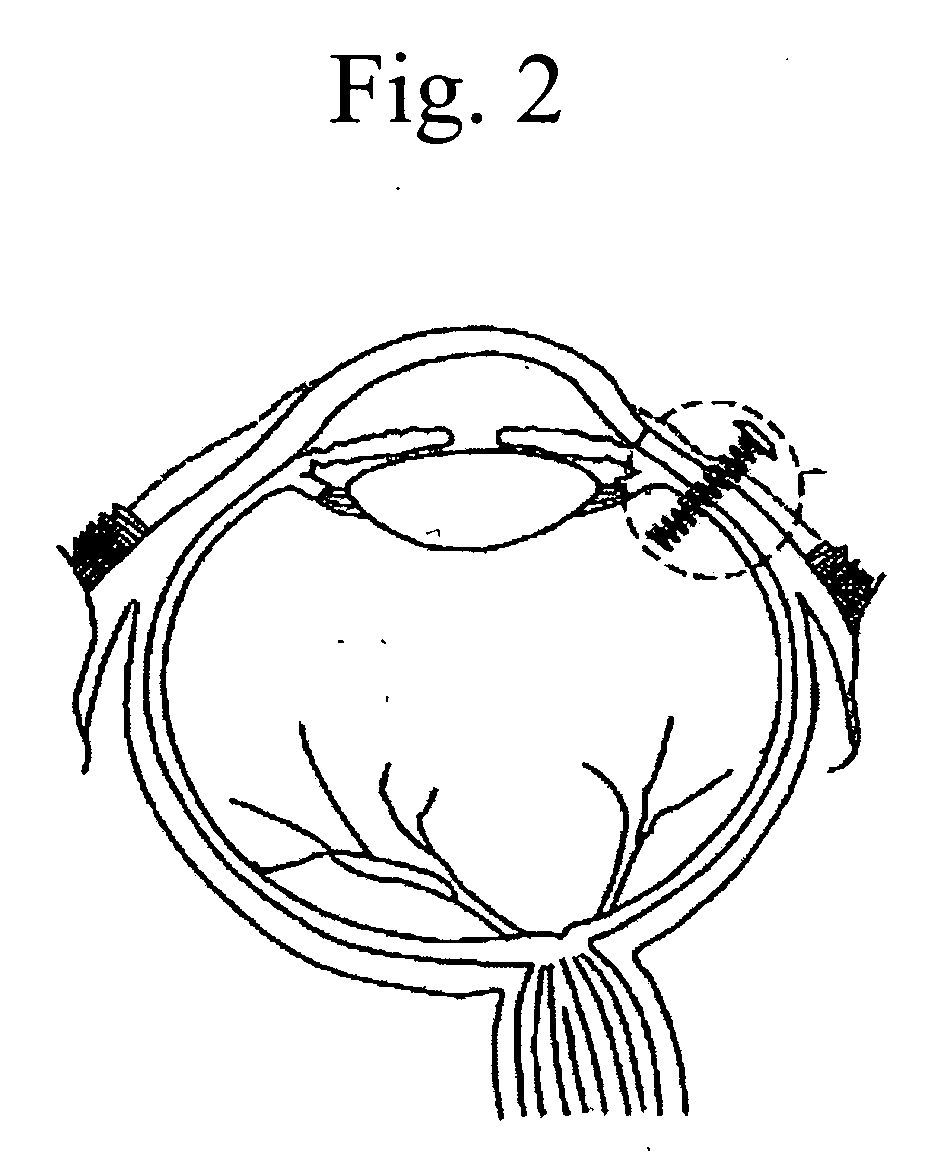Insertion instrument for non-linear medical devices
a non-linear, medical device technology, applied in the direction of eye surgery, eye treatment, stents, etc., can solve the problems of difficult overall handling, unsatisfactory types of cap designs, and difficult process of insertion of small medical devices into eye portions, etc., to avoid contact, and avoid mechanically disrupting or damaging tissue
- Summary
- Abstract
- Description
- Claims
- Application Information
AI Technical Summary
Benefits of technology
Problems solved by technology
Method used
Image
Examples
Embodiment Construction
[0037] The embodiments of the present invention described below are not intended to be exhaustive or to limit the invention to the precise forms disclosed in the following detailed description. Rather, the embodiments are chosen and described so that others skilled in the art can appreciate and understand the principles and practices of the present invention. All publications and patents mentioned herein are hereby incorporated by reference. The publications and patents disclosed herein are provided solely for their disclosure. Nothing herein is to be construed as an admission that the inventors are not entitled to antedate any publication and / or patent, including any publication and / or patent cited herein.
[0038] An “insertion instrument” or “instrument” as used herein refers to a tool used to rotatably insert an implatable medical device into a target site in a subject. An “insertable medical device” or “device” refers to a medical article that can be held by the insertion instrum...
PUM
 Login to View More
Login to View More Abstract
Description
Claims
Application Information
 Login to View More
Login to View More - R&D
- Intellectual Property
- Life Sciences
- Materials
- Tech Scout
- Unparalleled Data Quality
- Higher Quality Content
- 60% Fewer Hallucinations
Browse by: Latest US Patents, China's latest patents, Technical Efficacy Thesaurus, Application Domain, Technology Topic, Popular Technical Reports.
© 2025 PatSnap. All rights reserved.Legal|Privacy policy|Modern Slavery Act Transparency Statement|Sitemap|About US| Contact US: help@patsnap.com



